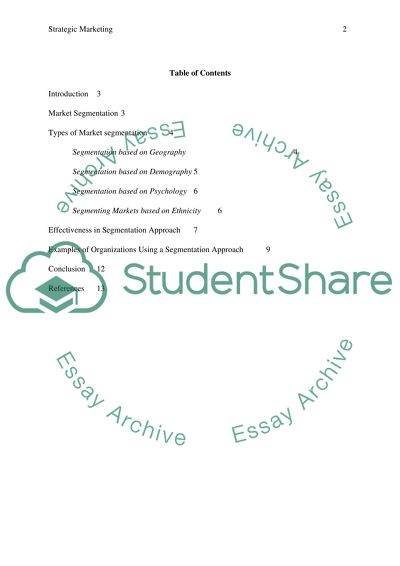Cite this document
(“Strategic Marketing: Types Of Market Segmentation Essay”, n.d.)
Strategic Marketing: Types Of Market Segmentation Essay. Retrieved from https://studentshare.org/marketing/1493957-strategic-marketic
Strategic Marketing: Types Of Market Segmentation Essay. Retrieved from https://studentshare.org/marketing/1493957-strategic-marketic
(Strategic Marketing: Types Of Market Segmentation Essay)
Strategic Marketing: Types Of Market Segmentation Essay. https://studentshare.org/marketing/1493957-strategic-marketic.
Strategic Marketing: Types Of Market Segmentation Essay. https://studentshare.org/marketing/1493957-strategic-marketic.
“Strategic Marketing: Types Of Market Segmentation Essay”, n.d. https://studentshare.org/marketing/1493957-strategic-marketic.


